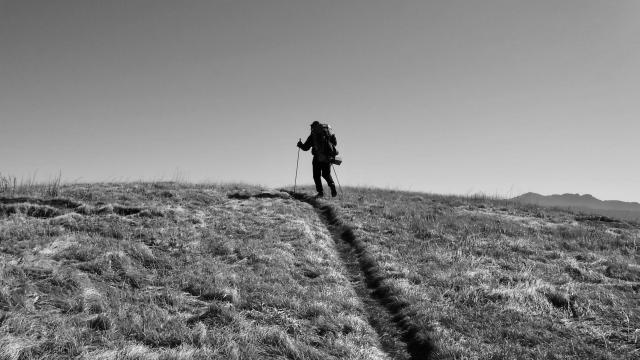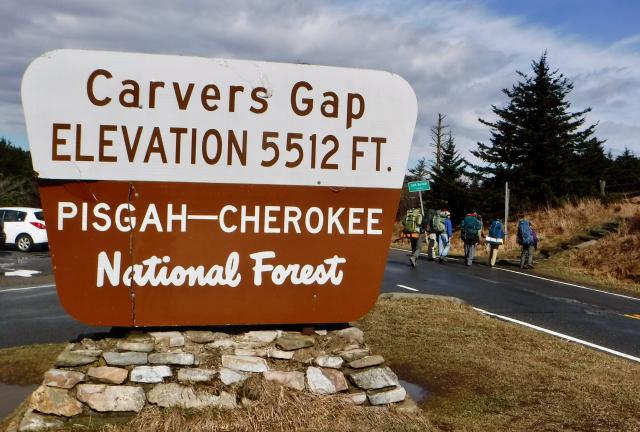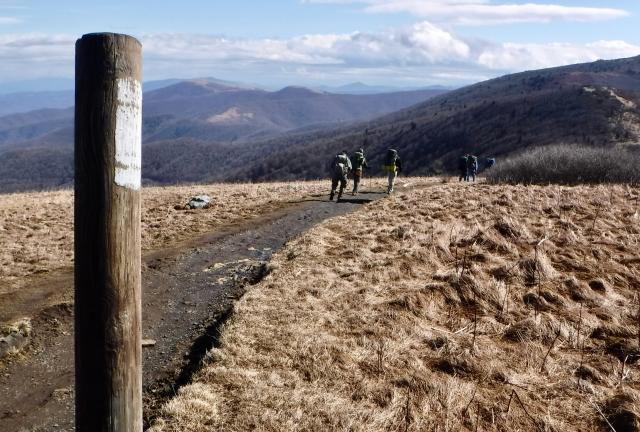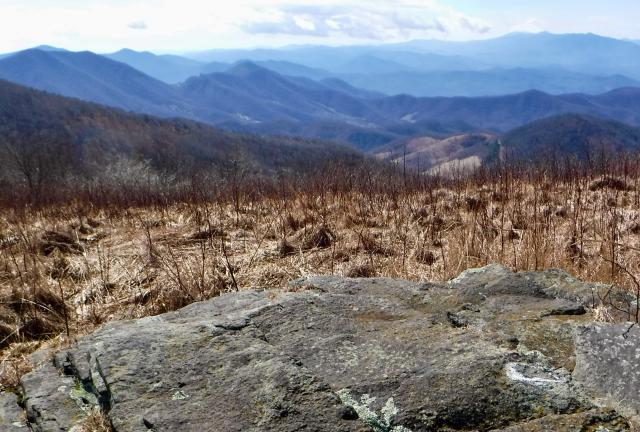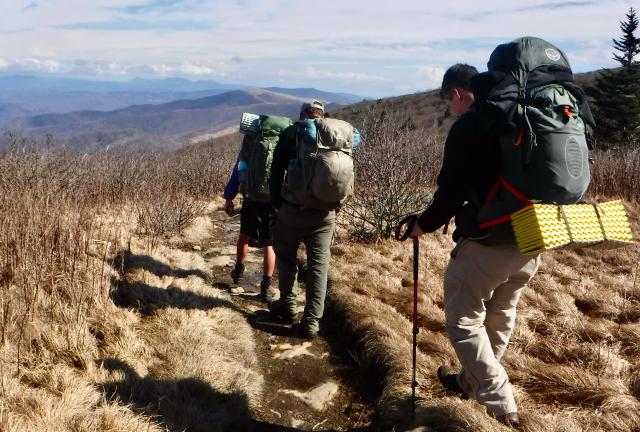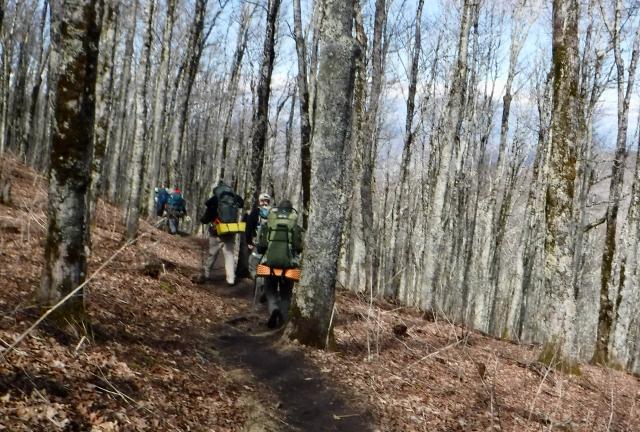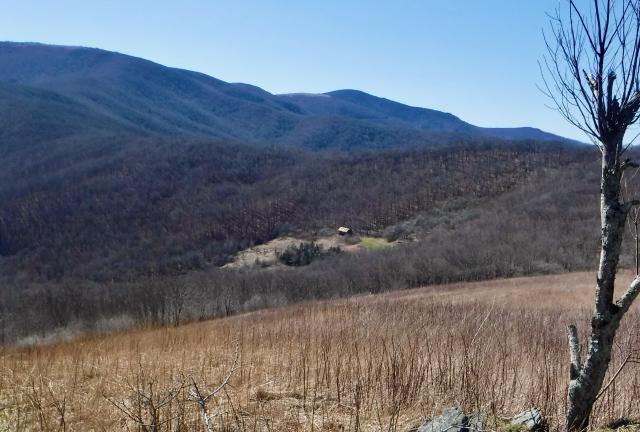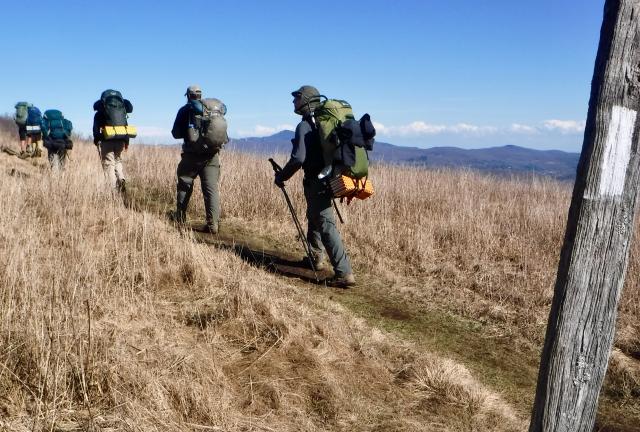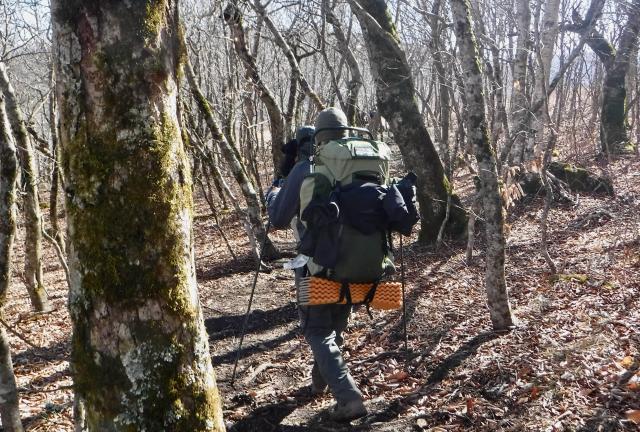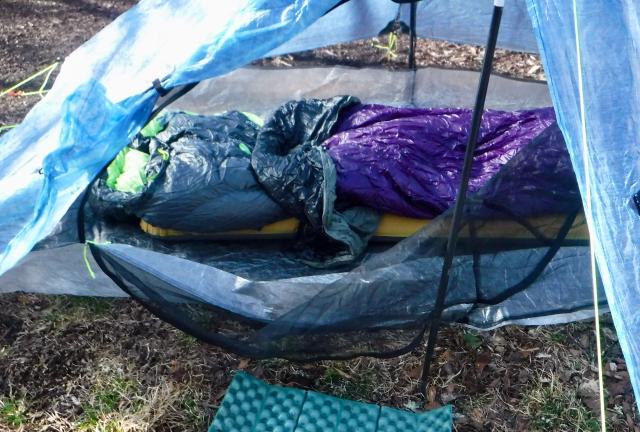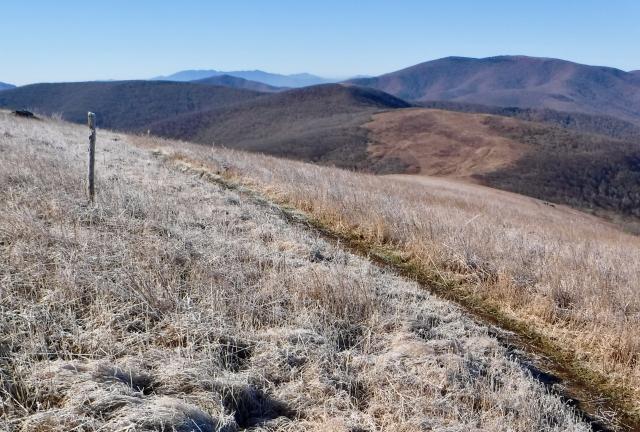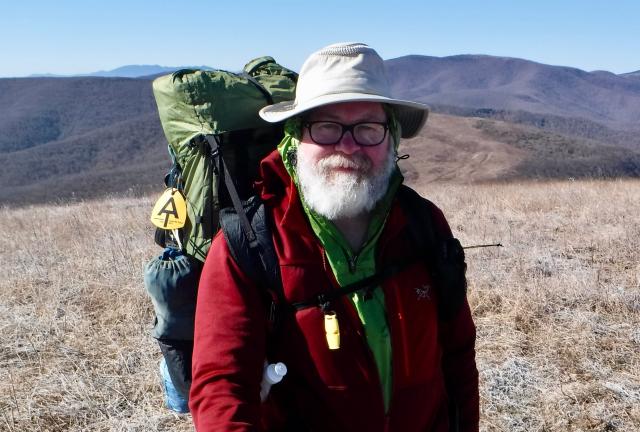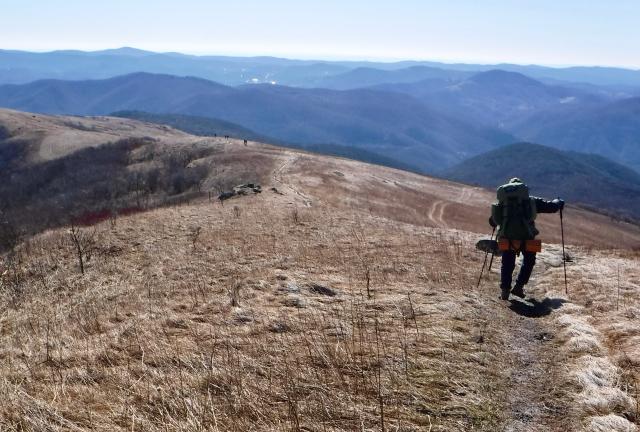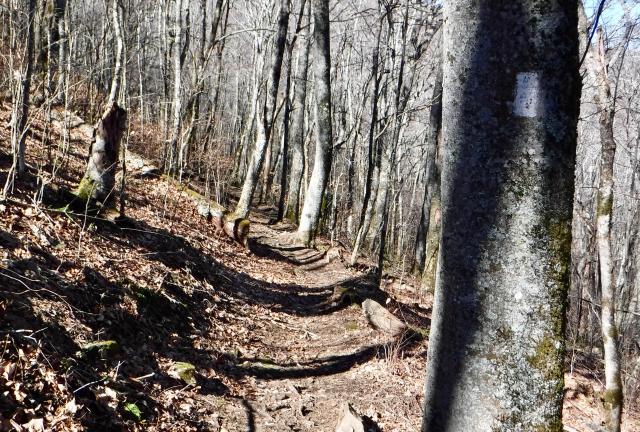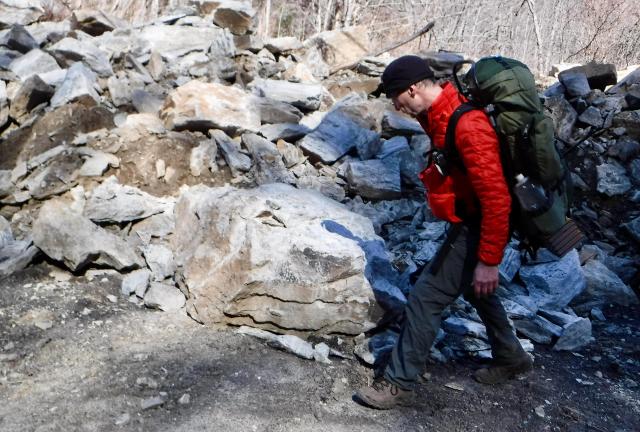When I speak of a plan, I'm not just talking about a few vague notions of what might happen. I mean I worked out what I wanted to happen. I often have a backup plan in case it doesn't go that way.
My weekend backpacking plans started to go awry before I even left for the trail. I went to see my doctor a couple of days beforehand to get a routine checkup. This seemed like a good idea before starting my thru-hike.
Any time I have gotten a physical before, the doctor has said to me, "I can't find anything wrong with you." I've always replied with something lame like, "That's what you get for good, clean living."
This time, the checkup didn't go according to plan, and I didn't have a backup plan for it. Instead of following my script, the doctor said, "You may need a hernia operation before you start your hike."
No! I didn't plan for this! The plan has always been for me to start hiking from Springer Mountain on March 7. That's less than two weeks away.
As things stood now, I wasn’t just without a backup plan. I had no plan at all because I needed to wait a week until I could see a surgeon to confirm the diagnosis.
I had to reconcile what to do next as I started my last training hike. It was supposed to be a chance to confirm I was ready to go, yet now everything was in question.
If there were any consolation, it was that the backpacking trip was on one of my favorite sections of the Appalachian Trail. I would be hiking northbound from Carvers Gap to U.S. Highway 19E. This section of the trail covers some of the most breathtaking scenery in the southeast.
In my original plan, I would be hiking this section again in one month. Now I didn't know when I would return here. I didn't even know if I would be hiking northbound, or if I would need so much healing time I'd have to put off the hike to late spring and go southbound.
I even thought about hiking the Pacific Crest Trail instead, which was crazy considering how many years I had only thought about the AT.
Of the dozen or so times I've hiked the Roan Highlands section of the AT, the weather has never been the same. Sometimes it has been brutal, with snow, sleet, rain, high winds, and bitter cold. Sometimes it has been lovely. I've experienced it all while hiking this section of the AT. I knew to prepare for those conditions and I hoped they would be bad enough this time to give me a good test.
When we arrived, we had bright sunshine and pleasant temperatures, not what I expected.
I was hiking this weekend with four boy scouts and three other adults. Our troop makes this trip annually, and it is usually one of the most popular activities of the year. I don't know why, but this year's turnout was much lower than usual.
For me, the small group size was a good thing. It meant there would be fewer reasons to slow down or take unnecessary breaks, which often happens with larger groups.
